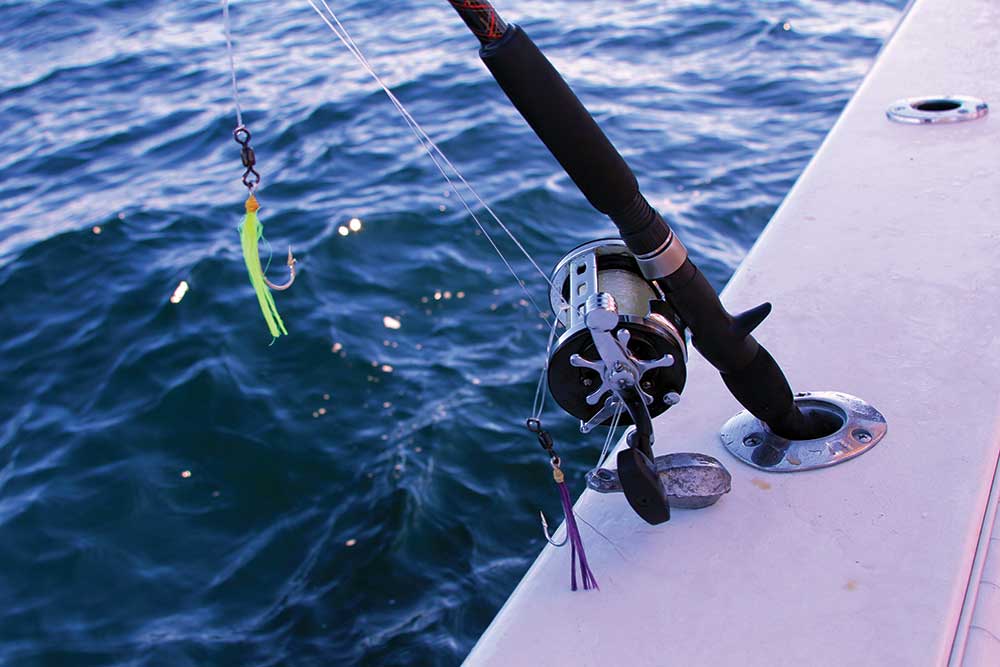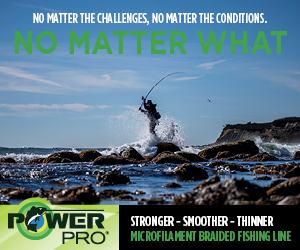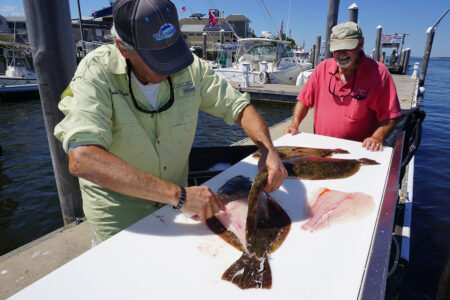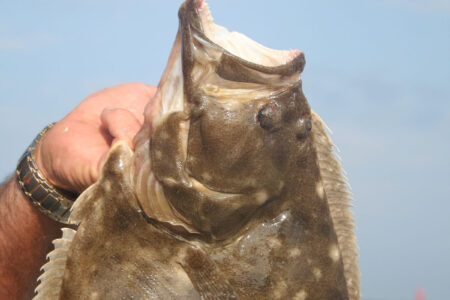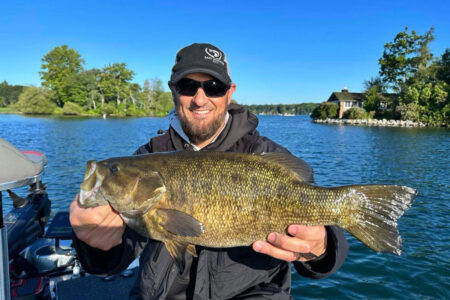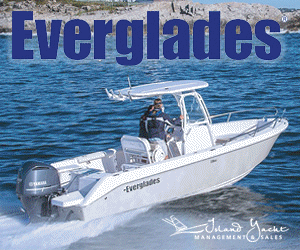No cod north of Cape Cod? No problem, set your sights on haddock this spring.
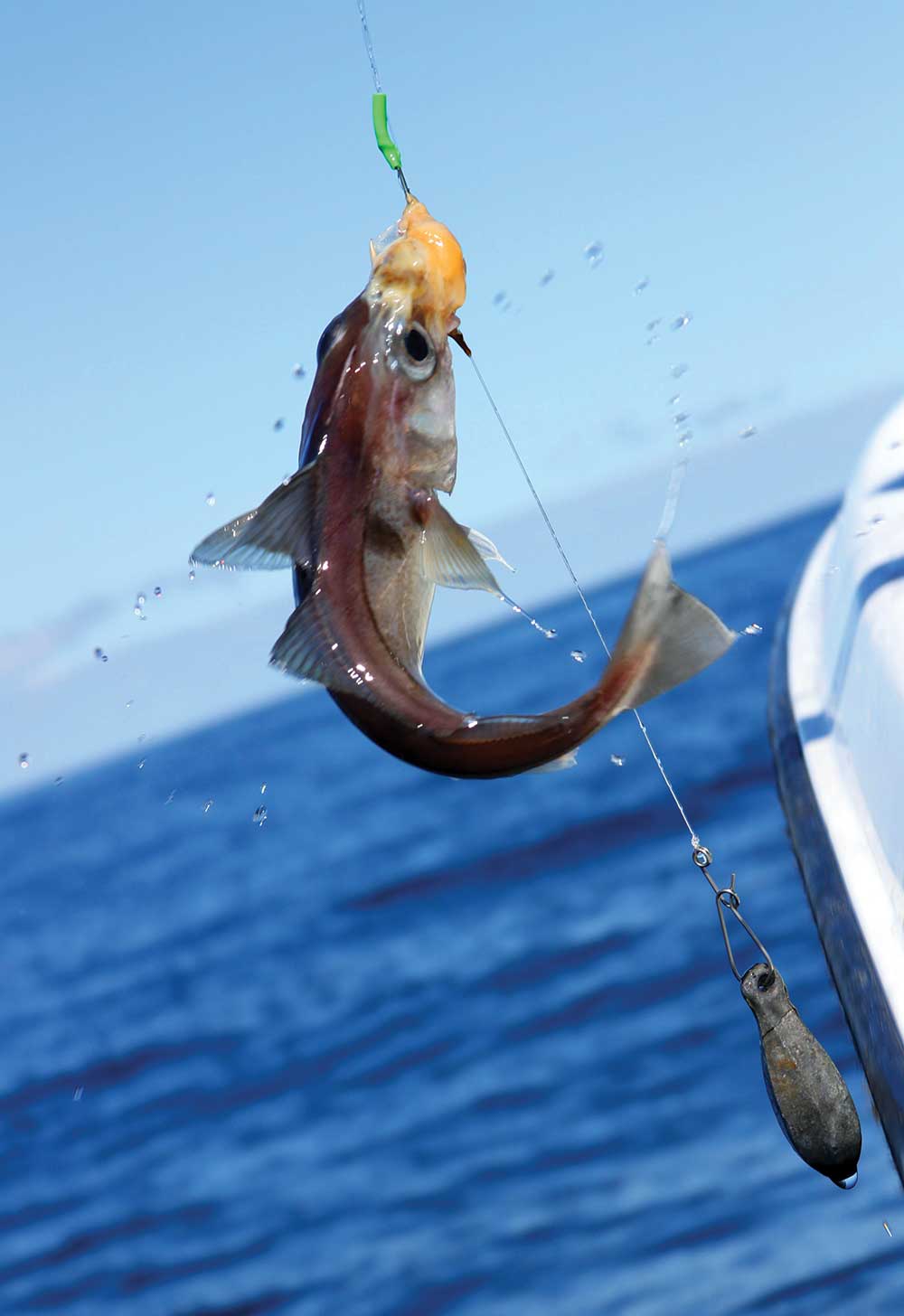
Call me late to the game, but for the longest time I wasn’t really aware of the lowly haddock. Sure they were caught in a lot of the same places, and with much the same gear as cod, but it always seemed that top-billing went to the brown bottom-dweller over its silvery comrade. The popularity of the cod was perhaps due in no small part to the larger size of which it can attain—records of 200-plus-pound specimens exist yet anything over 30 pounds is a big fish these days—but most certainly not because of any sort of improved table fare as I, and many of my fellow anglers, put haddock much higher on the food pedestal. The two are admittedly similar, but I find the texture and taste far superior with haddock.
With cod all but off the table in the Gulf of Maine (talks of a small spring fishery are in the works as I type this), the haddock has received even more interest and fishing pressure in recent years, and lucky for us the fishing has been excellent. The average haddock weighs-in at about 4 pounds, but it’s not uncommon to have a 6- to 7-pound fish jump on your bait or jig with even bigger specimens reported from time to time. (The Massachusetts state record fish weighed 20 pounds and was landed back in 1974!) While it has been a couple seasons since I was able to hit the haddock myself, I tapped into the knowledge of several friends of The Fisherman Magazine for their expertise in preparation for a trip or two this spring; here’s what they told me.
As luck would have it, contributor and Offshore Field Editor Patrick Vogt sent me an email not five minutes after I began working on this article. He was fresh off a recent Gulf of Maine haddock trip, and the action was excellent as advertised. Pat does a lot of fishing, from the surf to the offshore grounds, but he really enjoys bottom fishing whether it’s for porgies or tog or haddock. Pat began by saying that haddock fishing is very basic and far less technical than cod fishing, but there are some pointers he has picked up over the years that help him fill the cooler each time out; when the boat gets over a good school of fish you can fill your limit in just a drift or two as Pat did on that last trip. He sighted the late Tim Coleman as being quite in-tune with what worked and what didn’t, and much of what he learned from Tim’s writing holds true today.
Pat fishes both bait and jigs for haddock, noting that often the jigs will weed out larger fish. He runs an 8- to 12-ounce standard Norwegian jig with a fly (teaser) set up above. He stressed that jigging is much more subtle than with cod—something noted by all I spoke with—as it’s more of a “tap and tickle” of the bottom with soft pops of the rod. He also recommended downsizing to a 4/0 or maybe 6/0 treble and to add a squid skirt over the hook.
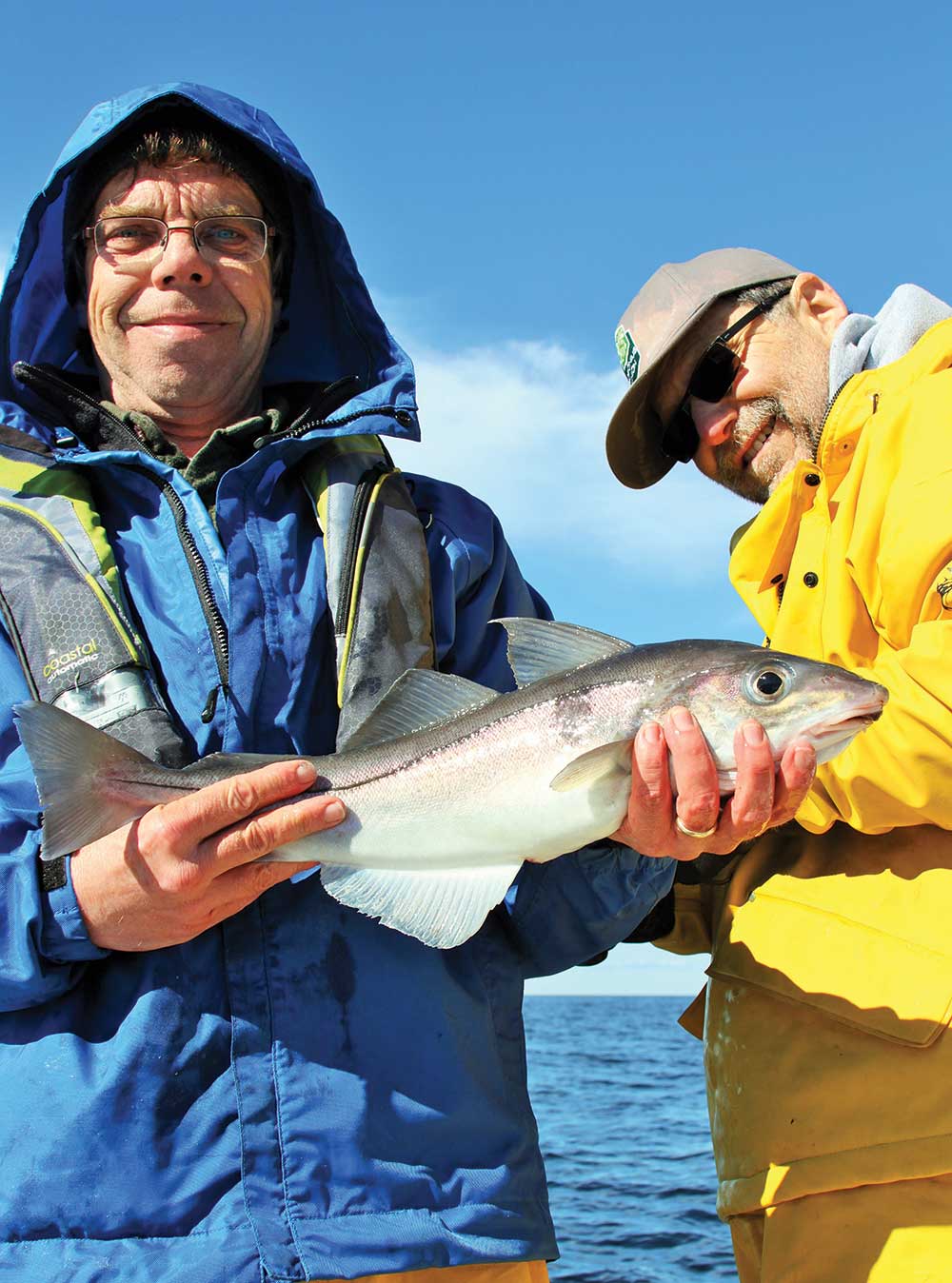
When fishing bait, small pieces of clam are pinned on 4/0 or 5/0 hooks, set on a basic hi-low rig. He stressed the idea of a small piece of bait, something I was told on my first dedicated haddock trip as well. If dogfish are not a problem, he suggested running a very high hook—eye-level when the sinker is resting at your feet on the deck—as this might attract the interest of a big pollock and secure you the pool winner. I’ve also heard of fishermen tying a longer lead on the bottom dropper so that the bait rests directly on the bottom as haddock are known to grub down low. I’ve put this trick to good use for cod and will most certainly try it out this spring on haddock!
Next up, I made a call to Capt. Rich Antonino of Black Rose Fishing Charters. Capt. Rich’s weekly fishing reports almost always include a reference to haddock, and I was intrigued by his preference for lighter gear. As he said when we spoke, anglers on his boat use gear more often associated with fluke fishing than Stellwagen Bank ground fishing. He targets water depths of 80 to 130 feet, so jigs of 3 to 7 ounces are easily fished on this light gear. To better facilitate the use of the lighter jigs, Rich suggests casting into the drift, ahead of the boat, and to use very light braid which cuts through the water. This also makes for a better presentation with the jig spending more time directly below the boat as opposed to being scoped out, trailing behind.
Set on a dropper loop above the jig, Rich adds a teaser of some sort. He said the haddock have different preferences from day to day and he always carries a variety of options onboard including hair flies, curly tail grubs, Gulp and Loaded For Bass trailers, which is a pork rind-like trailer made by a freshwater lure company from Connecticut. One trick always employed on the Black Rose is to add a small piece of bait to the teaser including squid, clam or mackerel. This serves to enhance the teaser initially by offering more than one option, but it also adds scent to the teaser in the event that the meat is stolen.
Jigging action is always kept slow when targeting haddock; Rich described the feeding habits of haddock by saying they follow your jig as it drags the bottom, and then when it puffs up from the sand they jump on it. At times he will do little more than stand the jig up on the bottom, raise it a foot or two, pause and then drop back down. He also uses single hooks on all jigs, which better facilitates releasing of short fish as well as any cod that might get hooked during the closed season. Speaking of non-target species, some interesting catches have been made on the Black Rose in recent years including increasing numbers of whiting and halibut; last year an impressive 68-pound halibut pounced on a haddock jig and provided an awesome battle on light tackle!
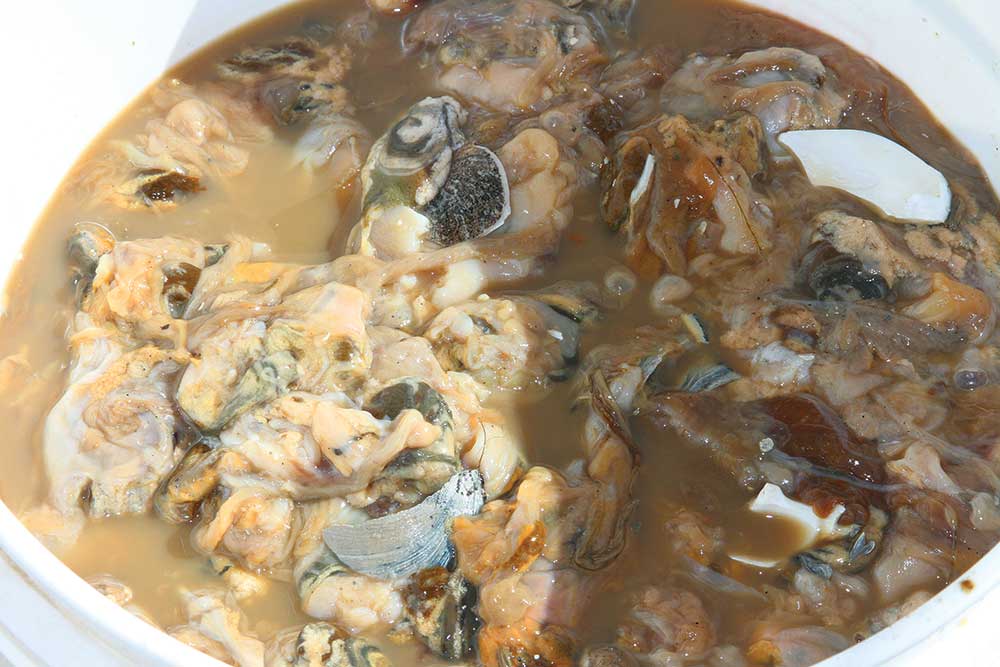
Last, but certainly not least, Capt. Jason Colby of Little Sister Charters (617-755-3740) checked-in with some haddock tips of his own. Jason targets haddock in the spring before the flounder bite kicks into full swing in Massachusetts inshore waters, and finds that early on chumming really helps to get the bite going. Keeping the chum pot right on the bottom below the boat is important, and he uses frozen clams and mussels as well as commercial herring and mackerel chum in the pot.
Once on a bite, both bait and jigs are used aboard the Little Sister. Last spring John D. Silva joined Ron Powers and several others on an “open boat trip,” and fish responded equally well to both methods, but it was the hi-low baits that seemed to produce the most fish. The clams were fresh—shucked on the go at times—and this can be a key in success. Frozen is fine for the chum to spark interest but oftentimes the fresh bait gets the strike. Once on a pile of fish Jason finds that it’s not as important to keep the chum going as it was when first getting started since the baits going up and down in the water put out a good scent trail, but if you really want the fish to feed fast and furiously then by all means keep the chum pot down!
I’ll leave you with one final tip here today, something I read in an article by Tim Coleman some years ago in which he talked about tying a hi-low rig. He said, “Most haddock people use a two-hook rig with two 5/0 to 7/0 hooks tied in dropper loops on a heavy mono leader, often tied to some type of super braid, great for deep water and more sensitivity than mono. Instead though of pinching the eye of the dropper loop and threading it through the eye of the hook, bringing it past the bend and snugging it tight; tie the hook right in the loop, this way the bait has a chance to move in the current that much more.” A trick like this from a master at the craft seems like it might just be the ticket to filling your cooler on a slow day and maybe even hauling up the pool fish!
